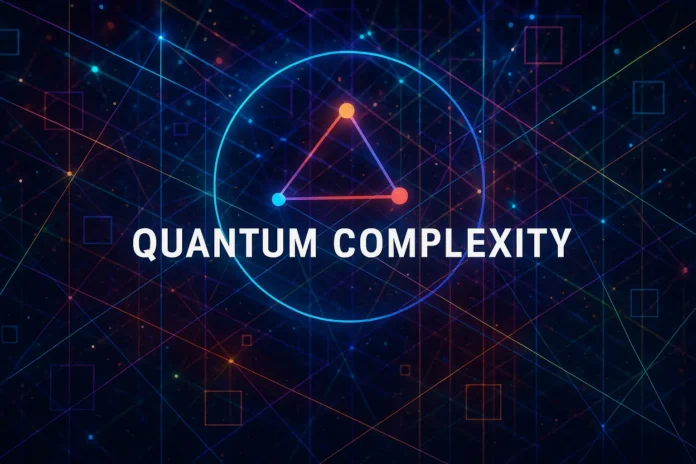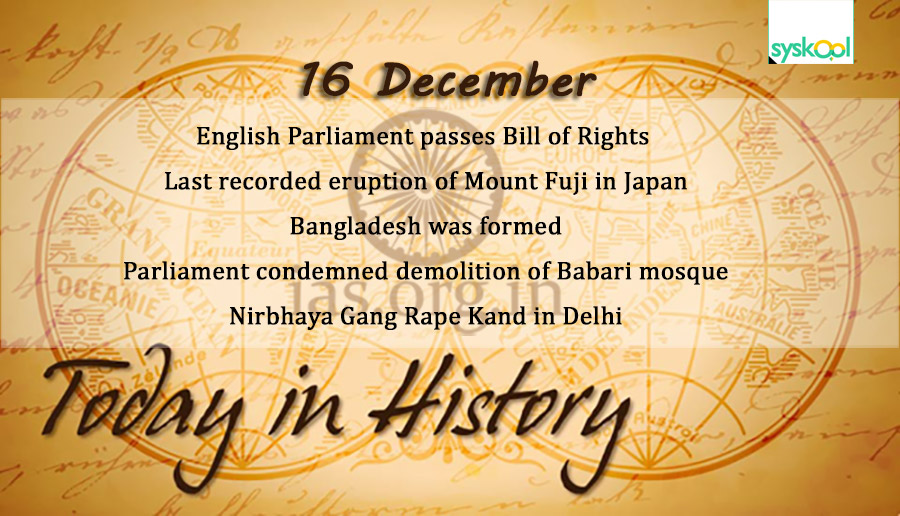Table of Contents
- Introduction
- Classical Communication Complexity Recap
- Why Quantum Communication Complexity?
- Basic Model: Alice and Bob
- Communication Cost and Protocol Goals
- Types of Quantum Communication Protocols
- Quantum vs Classical: Key Separations
- Shared Entanglement and Its Impact
- Quantum Protocol with and without Entanglement
- Role of Quantum Measurements
- Communication Complexity Classes (Q, Q^*, etc.)
- Simulating Classical Protocols Quantumly
1. Introduction
Quantum communication complexity studies the amount of communication required between parties (usually Alice and Bob) to compute a function when they can use quantum resources. It reveals the power of quantum information over classical information in distributed computing and is a vital area of quantum complexity theory.
2. Classical Communication Complexity Recap
In the classical model, two parties with private inputs must compute a joint function using minimal communication. Lower bounds are proven using tools like fooling sets, rank arguments, and information theory.
3. Why Quantum Communication Complexity?
Quantum mechanics allows phenomena like entanglement, superposition, and interference, which can drastically reduce communication. Quantum communication complexity formalizes and quantifies this advantage.
4. Basic Model: Alice and Bob
- Alice has input \( x \), Bob has input \( y \)
- Goal: compute \( f(x, y) \)
- They can communicate qubits and may share entangled states
- Output is required with high probability (e.g., ≥2/3 correctness)
5. Communication Cost and Protocol Goals
The main objective is to minimize the number of communicated qubits while ensuring correctness. This applies to both exact and bounded-error protocols.
6. Types of Quantum Communication Protocols
- One-way communication
- Two-way communication
- SMP (Simultaneous Message Passing)
- Interactive protocols with bounded or unlimited rounds
7. Quantum vs Classical: Key Separations
Quantum protocols can exponentially outperform classical ones. Key separations include:
- Raz’s Problem
- Forrelation (used in query complexity)
- Equality function (via quantum fingerprinting)
8. Shared Entanglement and Its Impact
Entanglement can simulate shared randomness or enable teleportation. It allows protocols to work with less actual communication but increases conceptual complexity.
9. Quantum Protocol with and without Entanglement
Without entanglement, protocols rely only on qubit transmission. With entanglement, even no communication can be powerful (e.g., pseudo-telepathy in nonlocal games).
10. Role of Quantum Measurements
Measurements determine when and how information is extracted. Strategy and timing of measurement affect communication complexity, particularly in adaptive protocols.
11. Communication Complexity Classes (Q, Q^*, etc.)
- Q(f): Quantum communication cost of function \( f \)
- Q^*(f): Cost with prior entanglement
- R(f), D(f): Classical randomized and deterministic counterparts
12. Simulating Classical Protocols Quantumly
Classical protocols can be simulated using quantum techniques with modest overhead. But the reverse often incurs exponential cost.
13. Logarithmic Separations: The Power of Qubits
Some problems require \( \Omega(n) \) bits classically but only \( O(\log n) \) qubits quantumly. Quantum fingerprinting for equality is a prime example.
14. Exponential Separations via Raz’s Problem
Raz constructed a partial Boolean function where quantum protocols need \( O(\log n) \) qubits, but classical randomized ones need \( \Omega(n^{1/4}) \) bits.
15. Quantum Fingerprinting
A technique to encode classical data into short quantum states (fingerprints) so that equality can be checked using minimal communication.
16. The Simultaneous Message Passing (SMP) Model
In SMP, Alice and Bob send one message each to a referee. Quantum SMP can outperform classical SMP, especially when using entanglement.
17. Quantum SMP with and without Entanglement
- Without entanglement: limited power, comparable to classical
- With entanglement: exponential improvements possible (e.g., equality testing)
18. Lower Bound Techniques
Proving quantum lower bounds is harder than classical. Tools include:
- Approximate rank
- Quantum information cost
- Adversary methods
- Spectral techniques
19. Quantum Information Theory Tools
Used for protocol design and analysis:
- Holevo bound
- Fano’s inequality
- Quantum mutual information
- Subadditivity of entropy
20. Quantum Communication in Streaming Algorithms
Quantum communication techniques apply to streaming models where space is limited. They help reduce space-communication tradeoffs.
21. Applications in Cryptography and Complexity
Quantum communication complexity informs:
- Quantum-secure multiparty computation
- Information leakage bounds
- Quantum money and digital signatures
22. Experimental Realizations
Quantum communication protocols have been implemented over optical fiber, satellite links, and with superconducting qubits. These experiments test feasibility and validate theory.
23. Open Problems and Research Directions
- Better lower bounds for quantum SMP
- Characterizing functions with exponential separations
- Understanding round complexity vs communication tradeoffs
- Extending quantum-classical separations to total functions
24. Comparison Table: Classical vs Quantum Complexity
| Problem | Classical Cost | Quantum Cost |
|---|---|---|
| Equality (SMP) | \( \Theta(\sqrt{n}) \) | \( O(\log n) \) |
| Raz’s Problem | \( \Omega(n^{1/4}) \) | \( O(\log n) \) |
| Inner Product | \( \Theta(n) \) | \( \Theta(n) \) |
25. Conclusion
Quantum communication complexity highlights scenarios where quantum information dramatically reduces communication requirements. It influences theory, cryptography, and experimental physics, and remains one of the most vibrant areas in quantum computing research.



